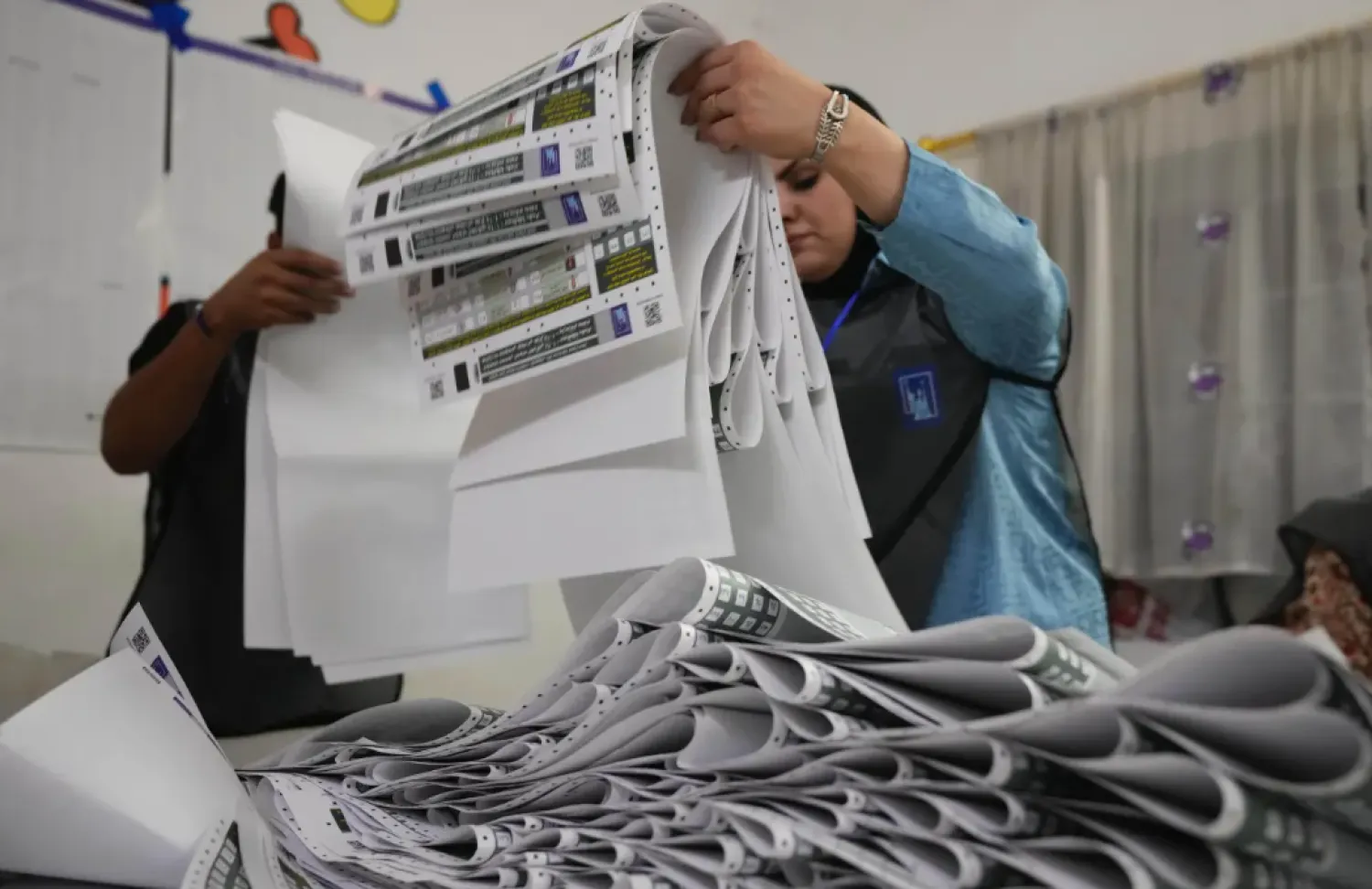Hezbollah chief Naim Qassem, in his first remarks since being elected on Oct. 29, said on Wednesday the armed Lebanese group would continue on its path of war with Israel.
Qassem asserted that he planned to follow the agenda set by his predecessor, Hassan Nasrallah, who was killed in an Israeli airstrike on the Lebanese capital in September.
"We will continue our war plan within the outlined political frameworks, we will remain on the path of war," he said.
“If the Israelis decide to stop the aggression, we say that we accept, but according to the conditions that we see as suitable,” Qassem stressed, speaking from an undisclosed location in a pre-recorded televised address.
“We will not beg for a cease fire as we will continue (fighting)... no matter how long it takes.”
The speech came as international mediators have launched a new push for negotiated cease-fires in Lebanon and Gaza.
Qassem said the series of blows dealt to the group in recent weeks - including pager and walkie-talkie explosions that targeted Hezbollah members in mid-September and the assassination of Nasrallah - had “hurt” the group, but he asserted that the group had been able to reorganize its ranks within eight days after Nasrallah’s death.
“Hezbollah’s capabilities are still available and compatible with a long war,” he said.
He pointed to the steady stream of Israeli soldiers wounded and killed in southern Lebanon since Israeli forces launched a ground invasion on Oct. 1, and to a drone launched by Hezbollah that hit the home of Israeli Prime Minister Benjamin Netanyahu earlier this month. Netanyahu was not harmed.
He said Hezbollah has been in coordination with Lebanese Parliament Speaker Nabih Berri, the primary Lebanese interlocutor communicating with the United States, which has put forward a series of proposals to end the conflict.
“So far no project has been put forward that Israel agrees on and is acceptable for us to negotiate it,” Qassem said.
There was no immediate Israeli response to the speech. As he was speaking, a series of Israeli airstrikes pounded the eastern city of Baalbek.
The Israeli army had earlier issued an evacuation warning for residents of Baalbek, including the ancient Roman temple complex, inscribed as a UNESCO World Heritage site.
The order also included surrounding areas and key routes in the Bekaa Valley. On Oct. 6, an Israeli strike hit some 700 meters (750 yards) away from the ancient citadel, which houses two of the largest Roman temples in the world.









